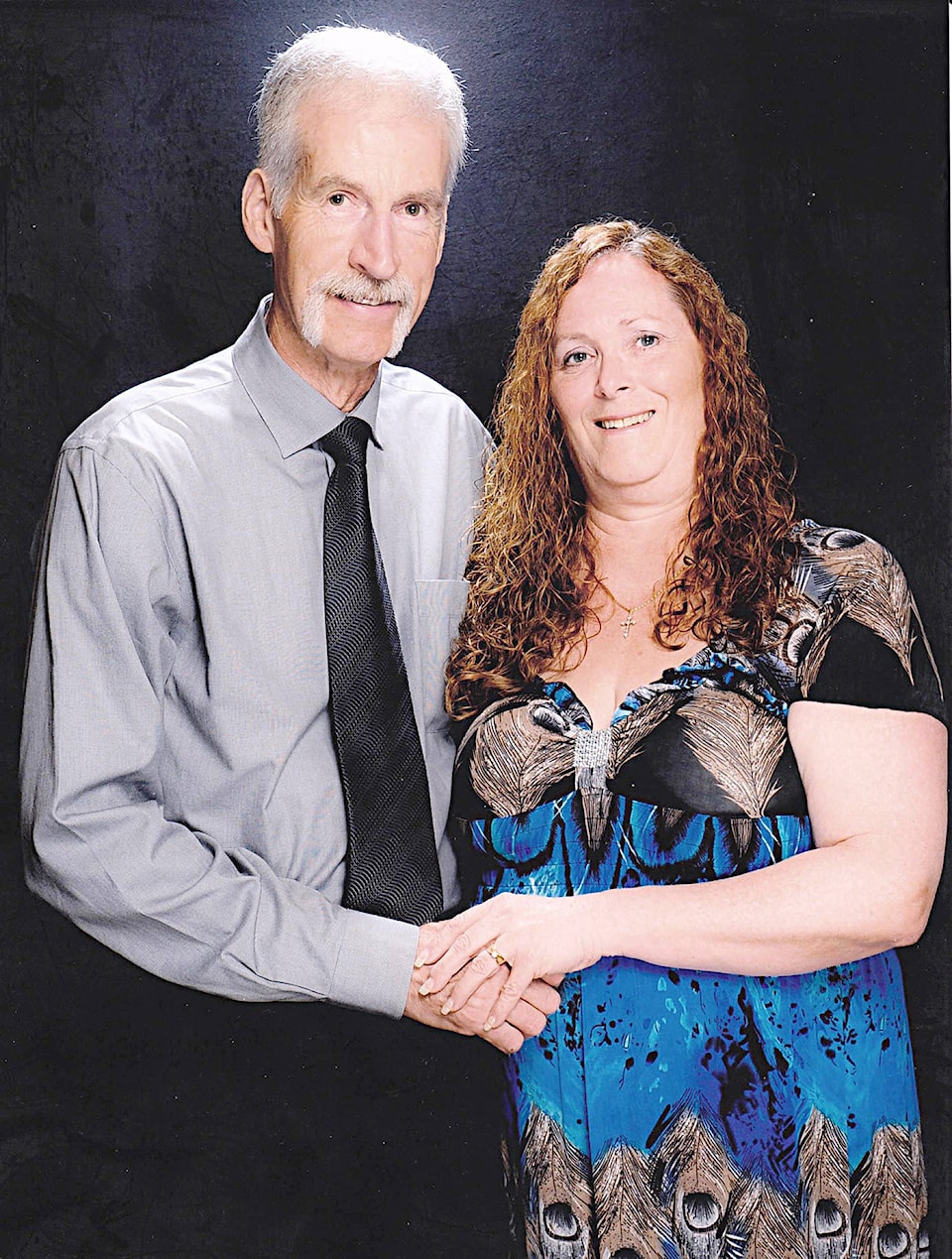The first-aid team caring for competitors and spectators alike during Stampede are all volunteers, highly trained in first response medical aid.
Patricia Brewer was singled out this year by the Stampede Association for her dedication to the Stampede since she first stepped into the arena as a medic in 2001.
But Patricia is adamant that she can’t do the job alone.
“We have phenomenal medics who love rodeo and use their vacation time to come with us to the Stampede,” Patricia said.
“Even though we are all volunteers we are professional in all aspects of the positions we hold as Williams Lake Stampede medics.”
The team includes Patricia and her husband Phillip from Kamloops; Katrina Overton, Teighan Overton and Sam Thorgeirson from Haida Gwaii, Amanda Fraser from Grande Prairie, AB; and Tamara Doszecki from Burns Lake.
She notes Katrina and Teighan have close ties to Williams Lake as they are nieces of longtime Stampede supporter and volunteer Willie Crosina.
READ MORE: Love for rodeo lasts a lifetime
Patricia has been a volunteer with St. John Ambulance in Kamloops for 22 years. Before retiring five years ago she worked for the City of Kamloops in accounts receivable and served as a city’s first aid attendant.
Until retiring this past April, Phillip worked for many years as a Fortis Gas technician and has his Level 3 occupational first aid ticket. He joined Patricia on the rodeo circuit in 2009.
Patricia brings her own medical equipment such as splints, spine boards and an oxygen therapy kit to the rodeo along with medical supplies such as tape, bandages and ice packs. They are reimbursed by the Stampede Association for the medical supplies they use. She notes the Stampede Association also has an oxygen therapy kit.
Last year, Stampede director Ellie Seelhof said she was able to acquire a defibrillator from the Heart and Stroke Foundation which is kept in the Stampede office. They are now hoping to acquire a second defibrillator for the campground.
During the rodeo events the first aid team members station themselves at key locations around the arena.
“Every one of our team is at the fence watching the sight lines through the entire Stampede,” Patricia says. “The medics have to watch what is going on so they can tell right away what sort of injury they are looking at.”
If the injury is more serious such as a broken leg or concussion, the medics prepare the competitor for transfer to hospital by ambulance. Less serious injuries will be taken care of on the spot.
Spinal injuries, broken bones, torn muscles and ligaments, crush injuries and concussions are some of the more serious injuries they see in rodeo.
She says one of the most dangerous places for the bull and bronc riders is in the rough stock chutes.
Concussions aren’t just sustained by hitting your head, they can also be the result of a rider’s body being jerked one way, then suddenly and violently jerked the other way, Patricia said.
“We always have two people at the mountain race,” she added. “I just cross my fingers and say a little prayer because you never know what the riders or horses are going to do. I count the riders at the top when the race starts and again when they get to the bottom and give a sigh of relief when they all come down safely.”
One of the first aid attendants is also stationed in the stands at all times where they may be called to treat a variety of situations from injuries sustained in falls to heat exhaustion.
Between events Patricia said cowboys often come to the medics for help with taping up their hands, wrists, elbows, knees and ankles for a little added protection during their ride.
Some years she said there are bad wrecks while other years they may not see any serious injuries at all.
“You just never know with rodeo.”
